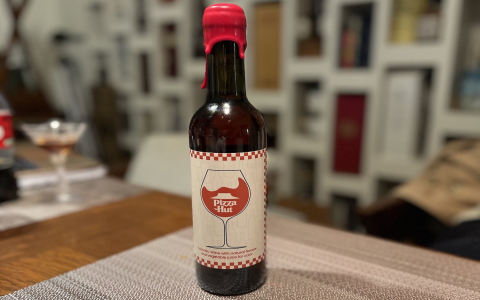Today, I wanted to mess around with something called “downtime derby.” Sounds cool, right? It’s basically about simulating network or service outages and seeing how systems handle them. I’ve always been curious about this kind of thing, so I decided to give it a shot.

First, I picked a simple web application that I had running on my local machine. Nothing fancy, just a basic setup with a server and a database. I figured it would be a good starting point.
Then, I started playing around with different ways to simulate downtime. One of the first things I tried was just shutting down the database. I wanted to see how the application would react. As expected, the app crashed when it couldn’t connect to the database. Not very graceful, but it’s a start.
Next, I decided to simulate a network issue. I used some basic command-line tools to introduce latency and packet loss into my local network connection. This was more interesting. The application didn’t crash right away, but it became really slow and unresponsive. I guess that’s better than a complete crash, but still not ideal.
- Shut down the database: App crashed.
- Simulate network issues: App became slow and unresponsive.
After that, I started thinking about how to make the application more resilient to these kinds of issues. I read up on some basic techniques like retries, timeouts, and circuit breakers. These sounded like they could help.
I spent some time implementing some of these techniques in my application. I added retries with exponential backoff for database connections and timeouts for network requests. It was a bit of a learning curve, but I managed to get it working.
Once I had these changes in place, I ran my downtime simulations again. This time, the results were much better. When I shut down the database, the application was able to reconnect after a few retries. And when I simulated network issues, the application remained responsive, although some requests might have taken a bit longer to complete.
Results
- With retries and timeouts, the app handled database outages better.
- The app remained responsive during simulated network issues.
Overall, this was a really fun and educational experience. I learned a lot about how to simulate different types of downtime and how to make applications more resilient to them. It’s definitely something I’ll keep in mind for future projects.
It might not be perfect, but hey, I’m still learning. I think the big takeaway here is that it’s better to plan for these things ahead of time. If you wait until something breaks in production, it’s gonna be a way bigger headache. Anyway, that’s all for now. Time to go tinker with something else!















